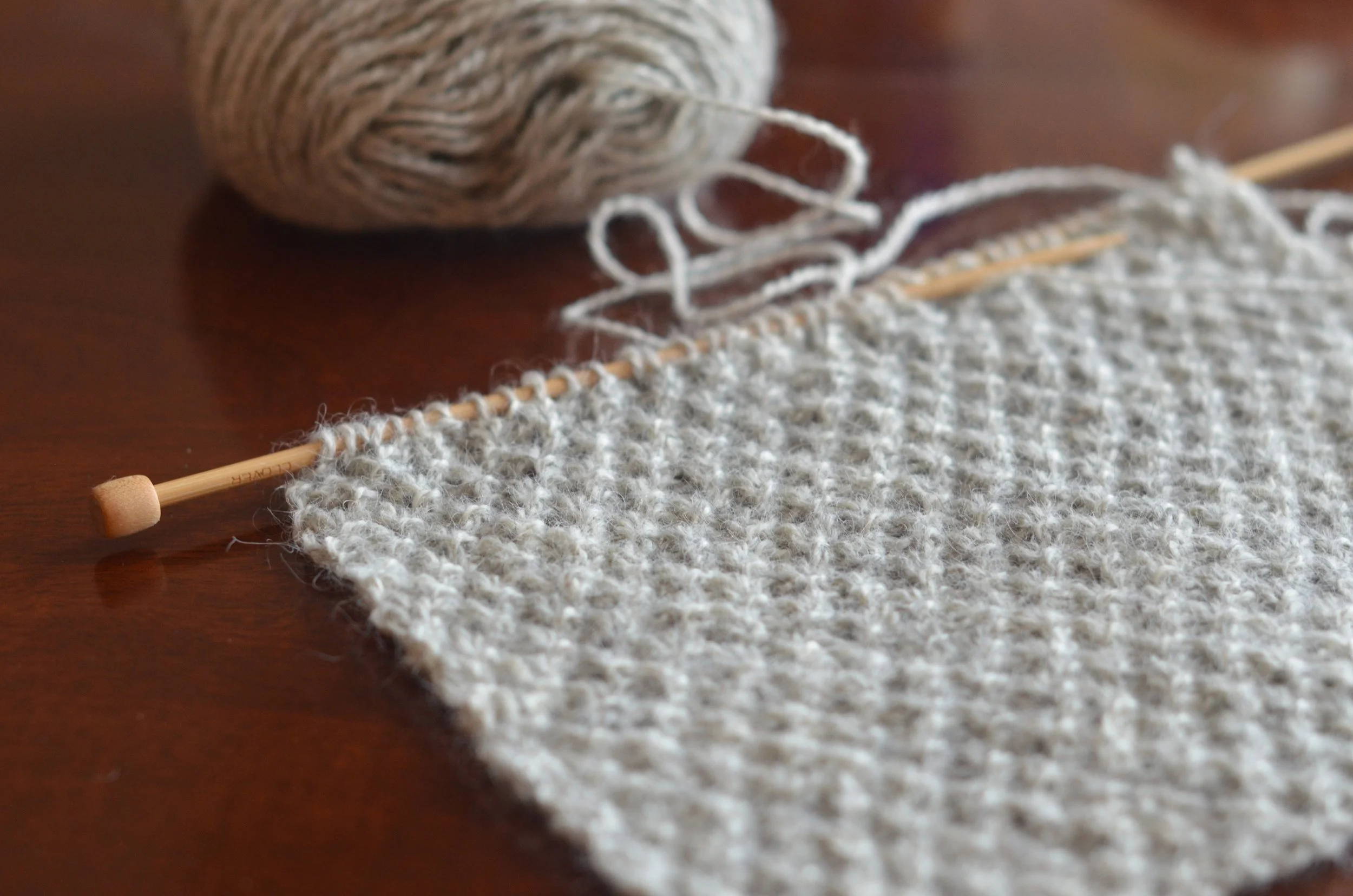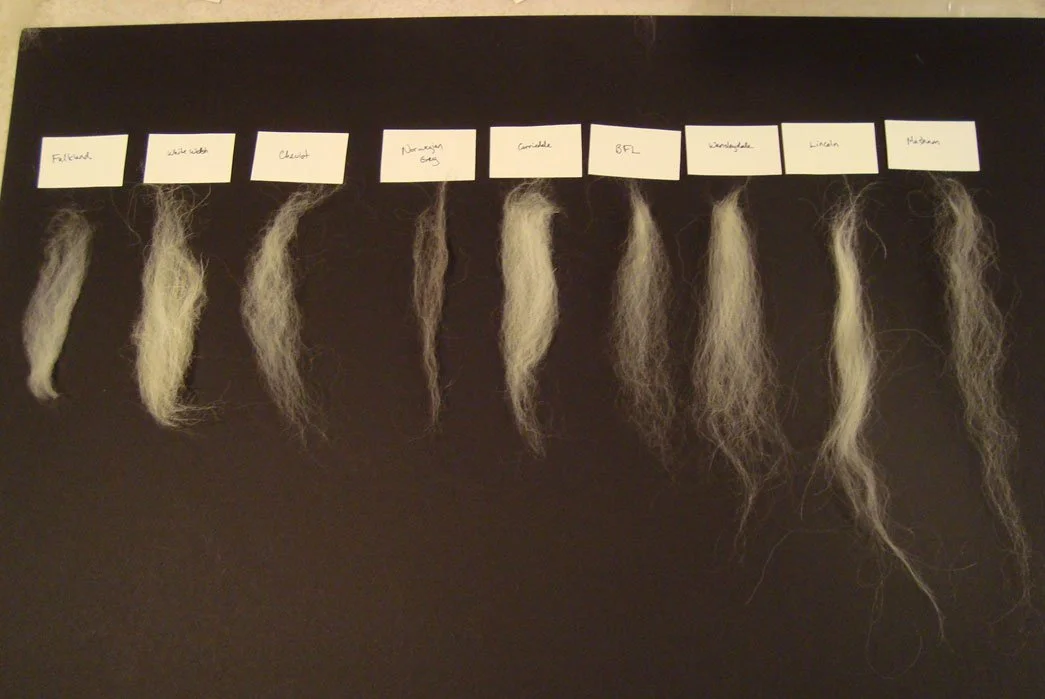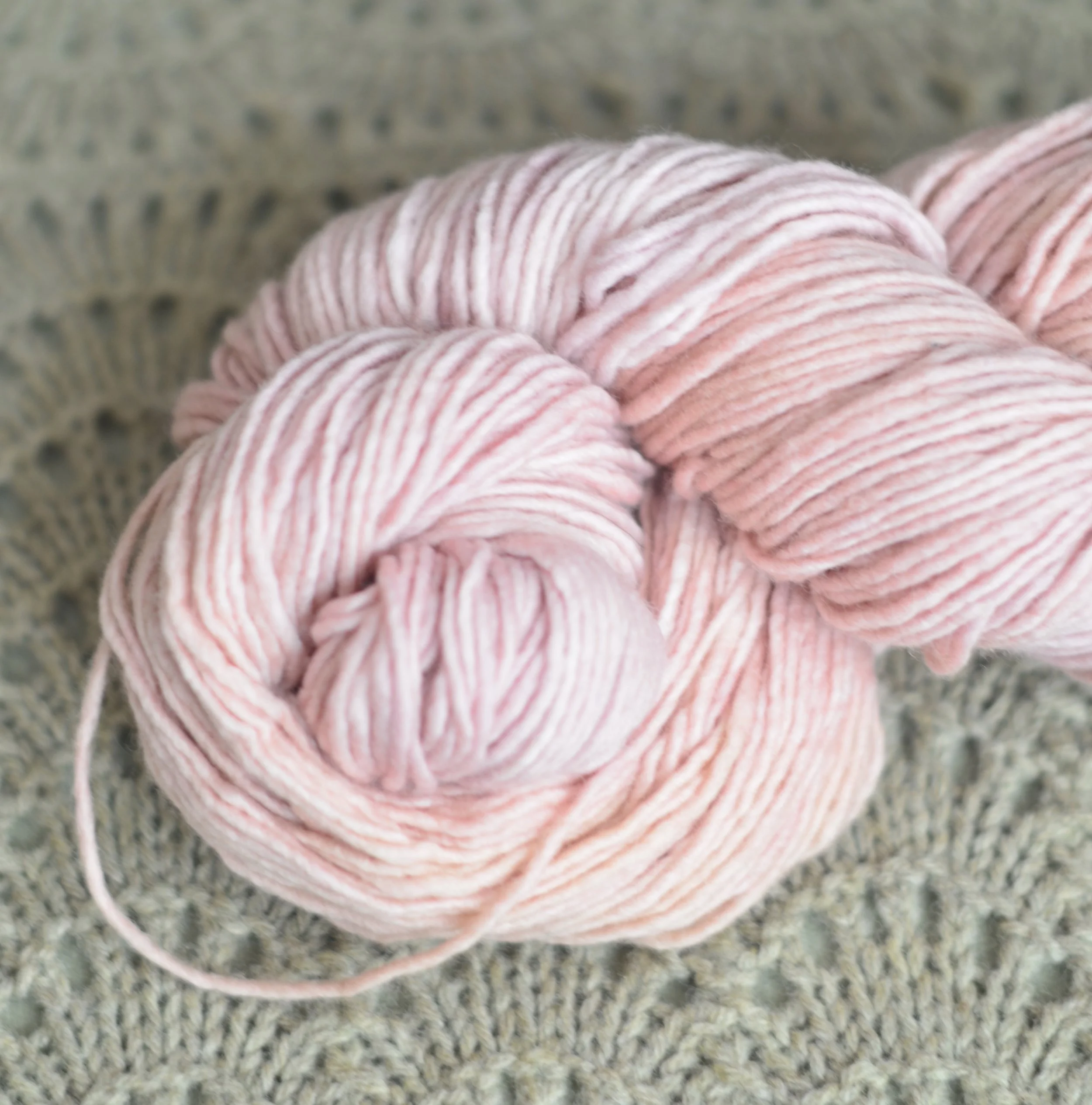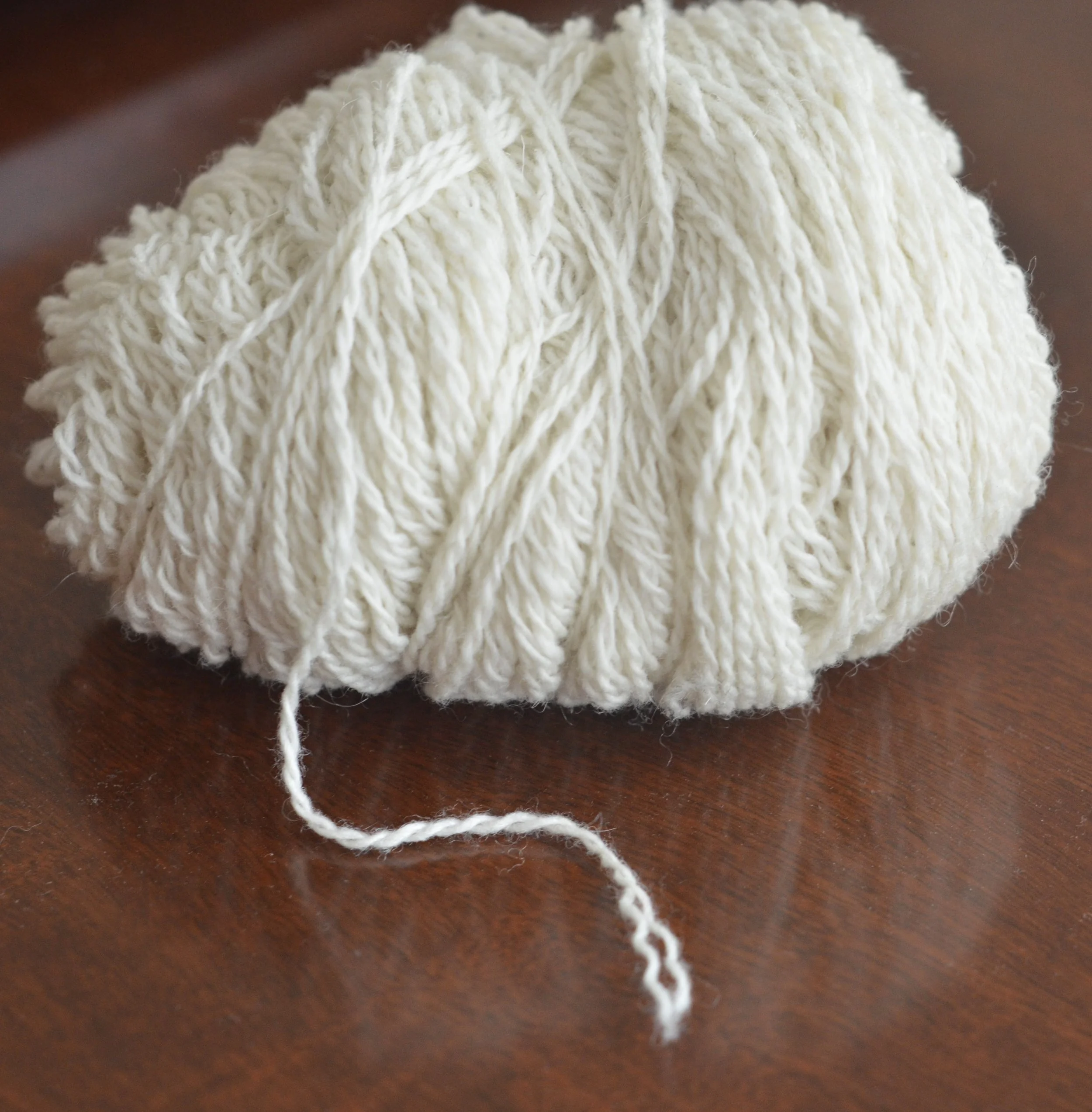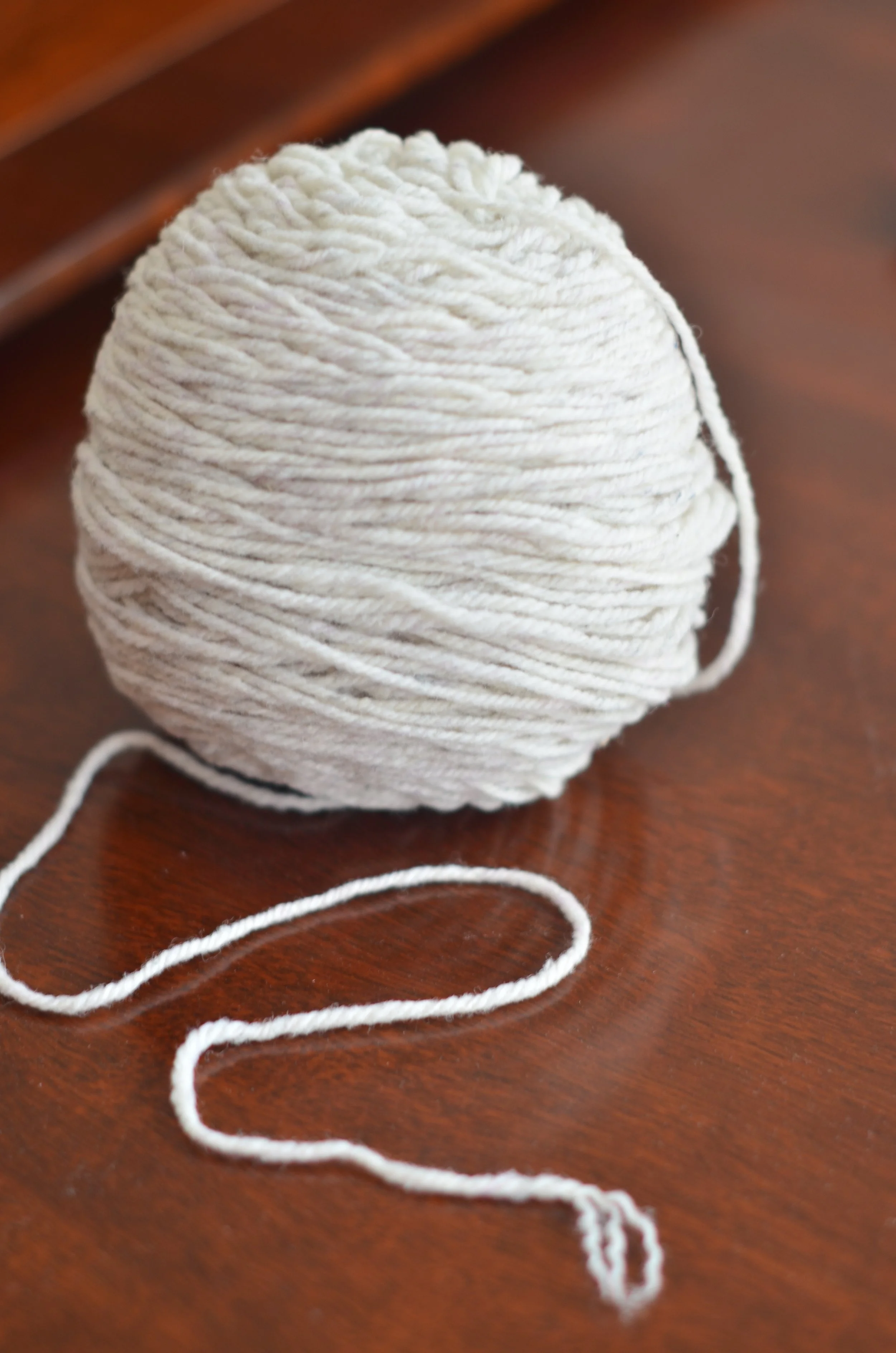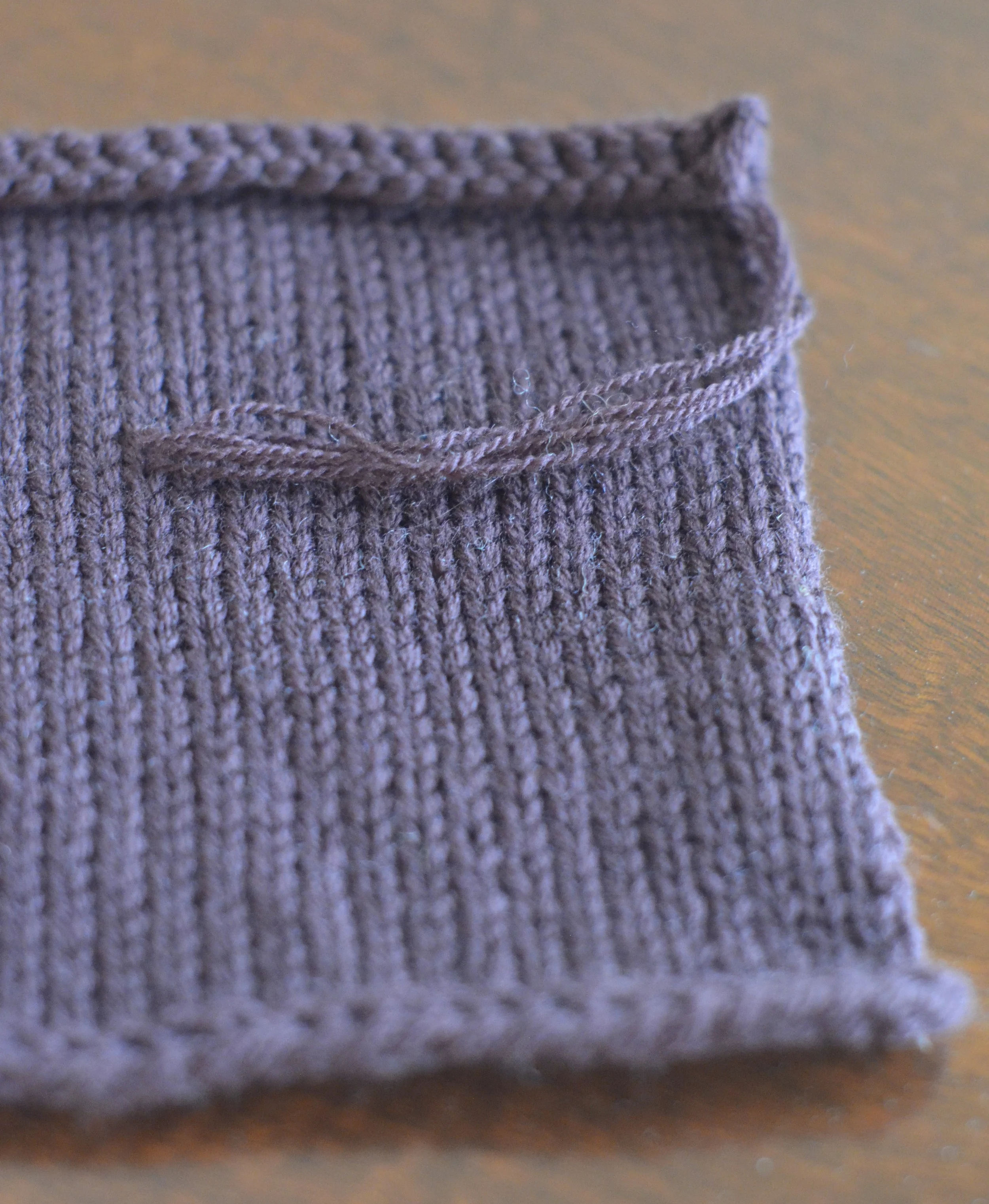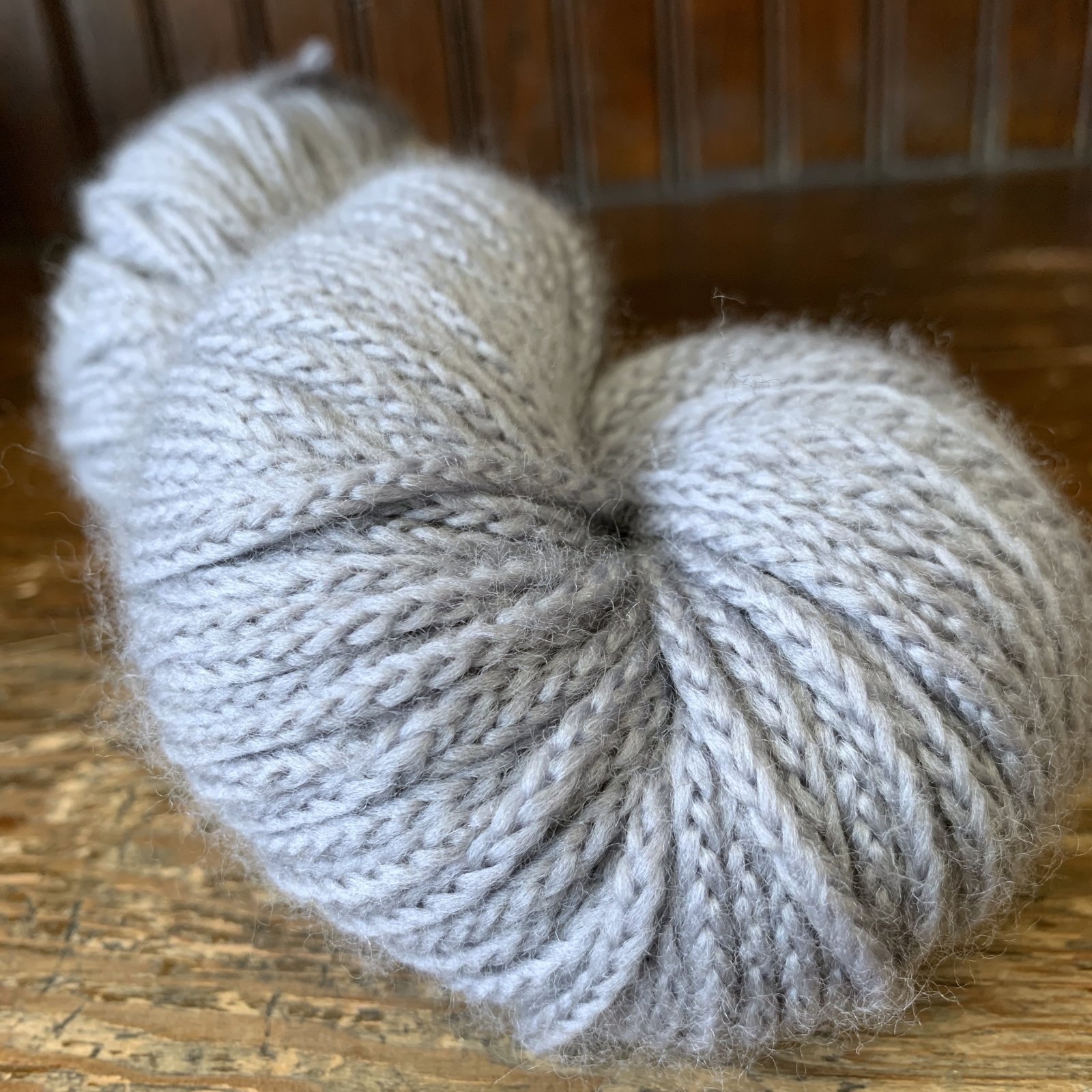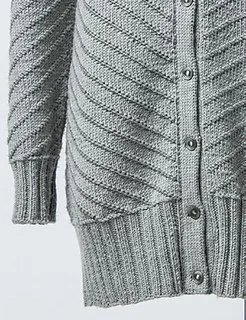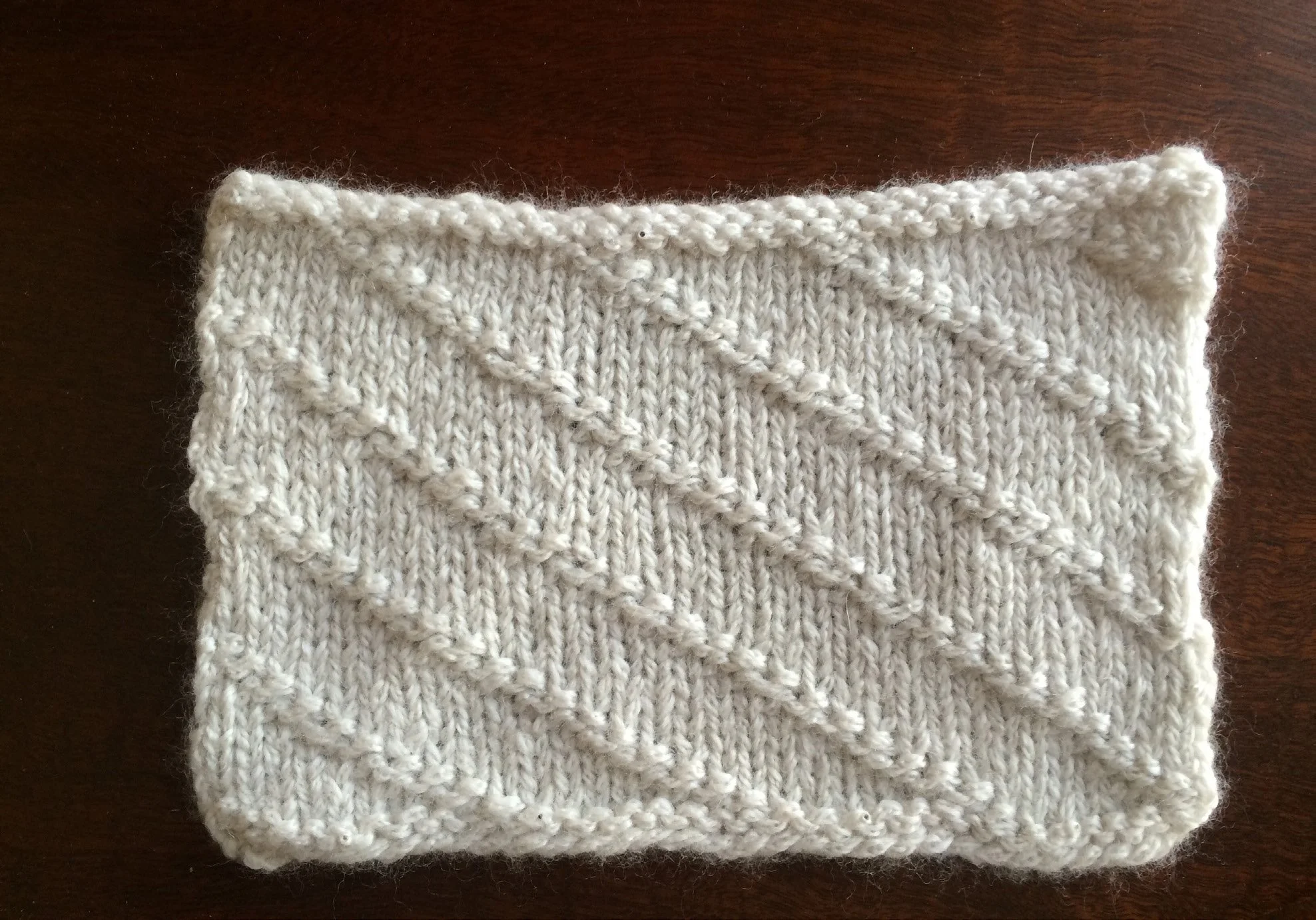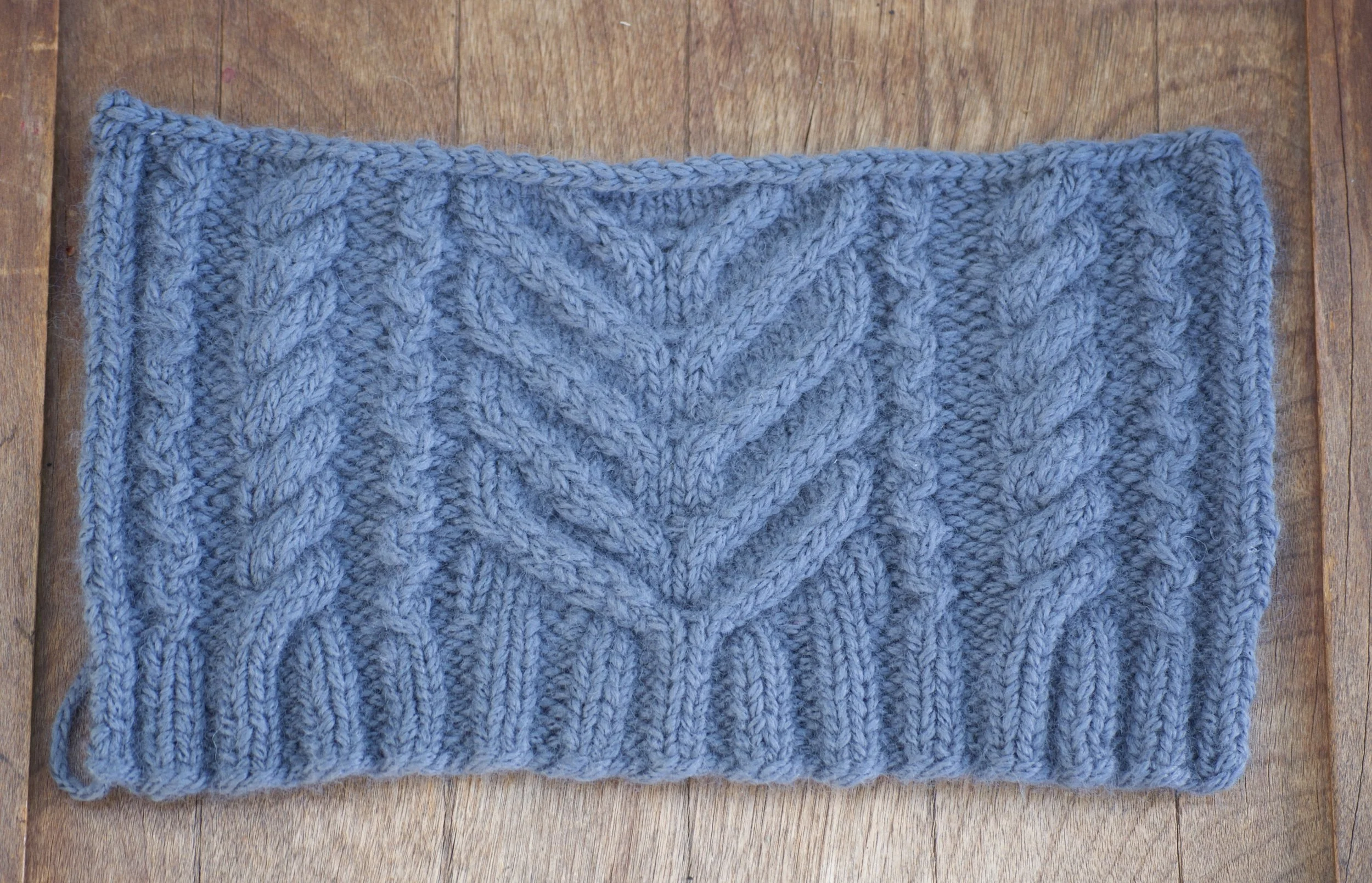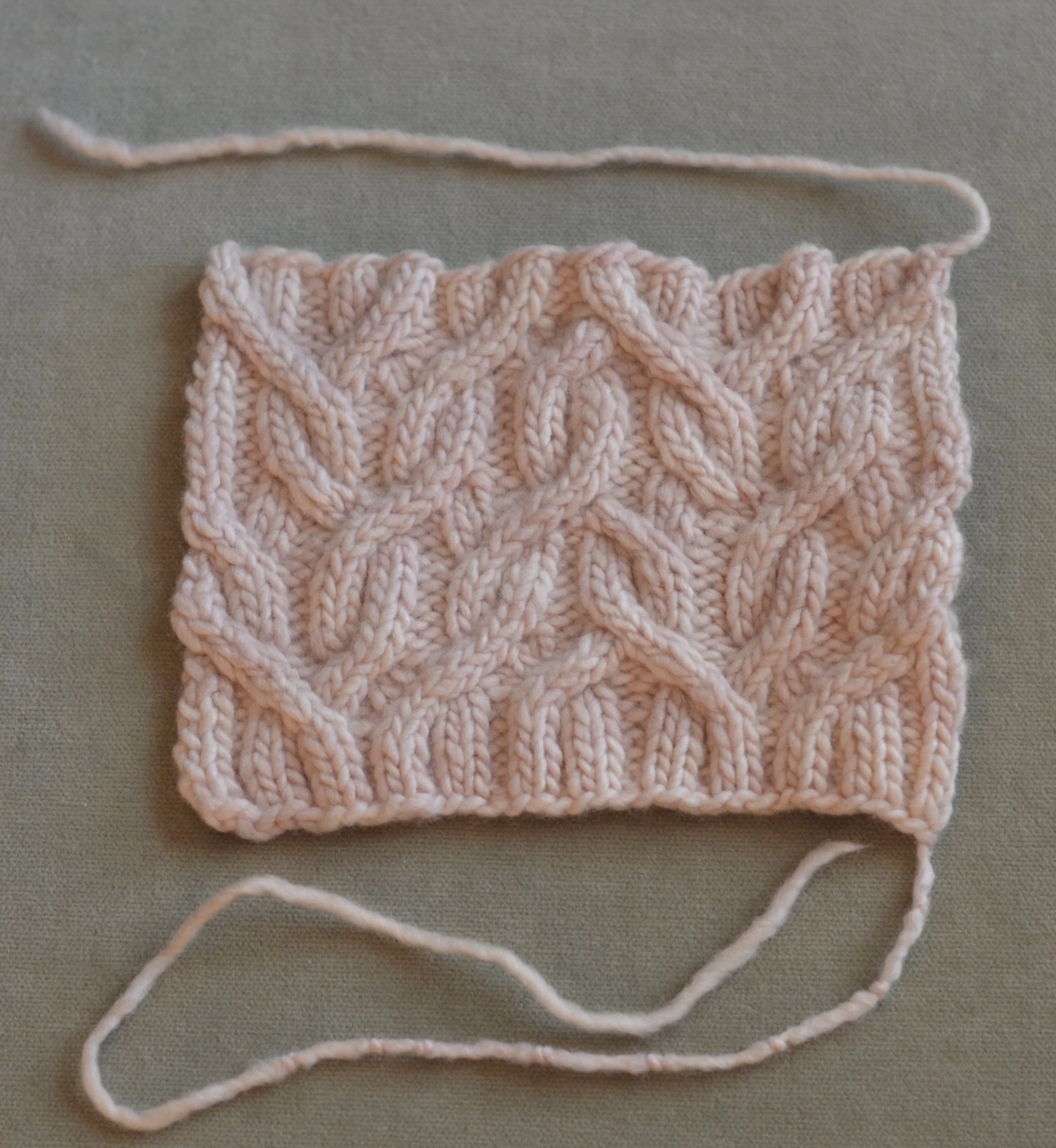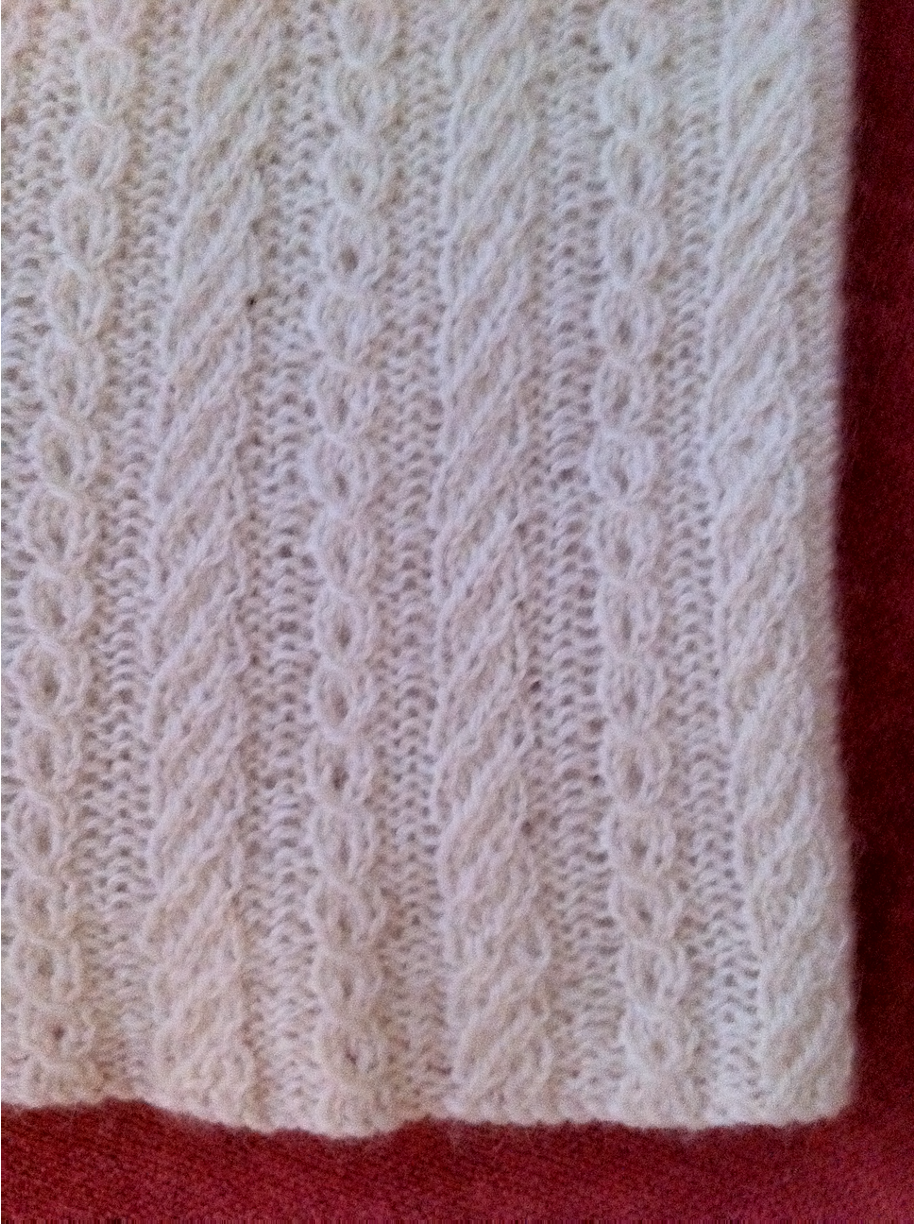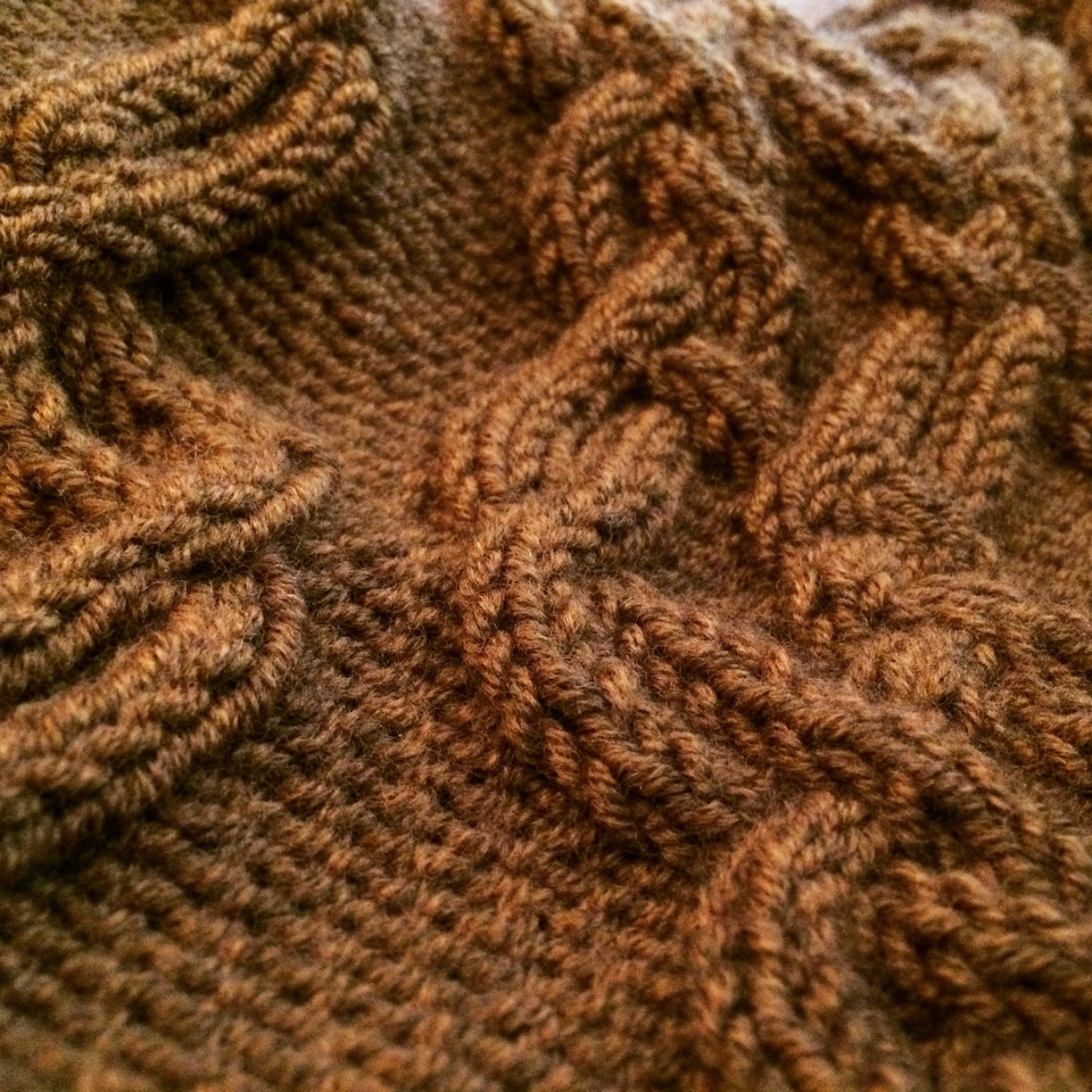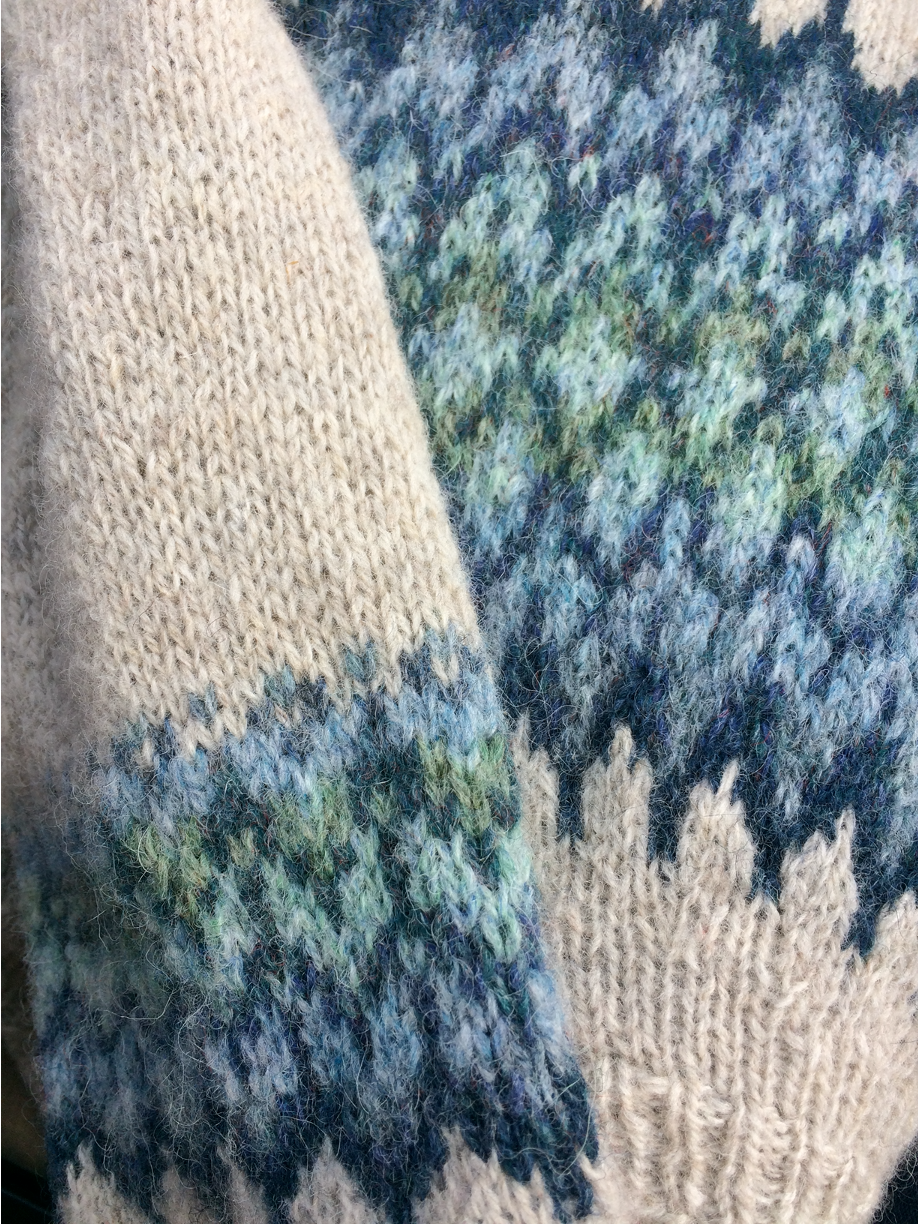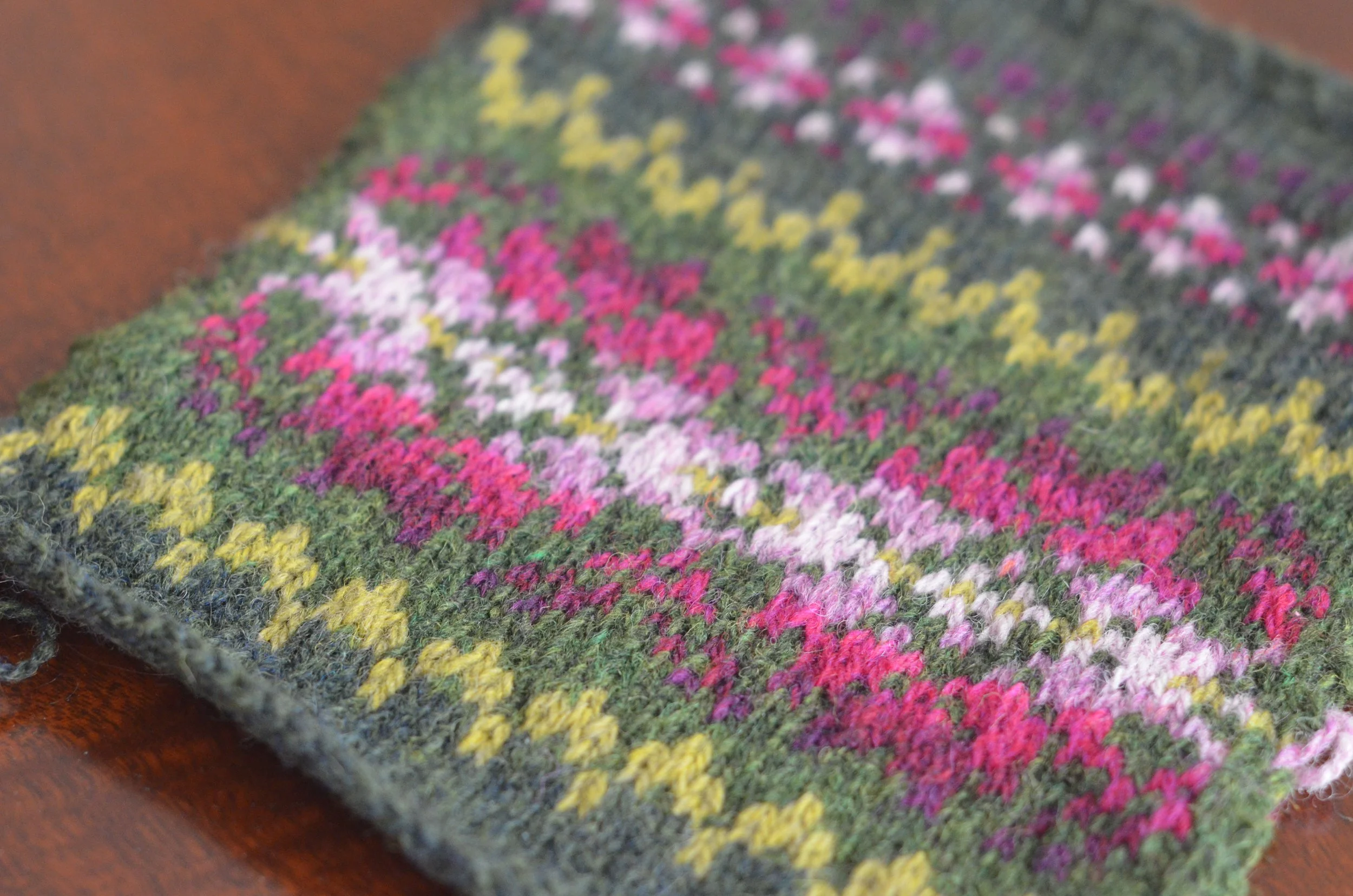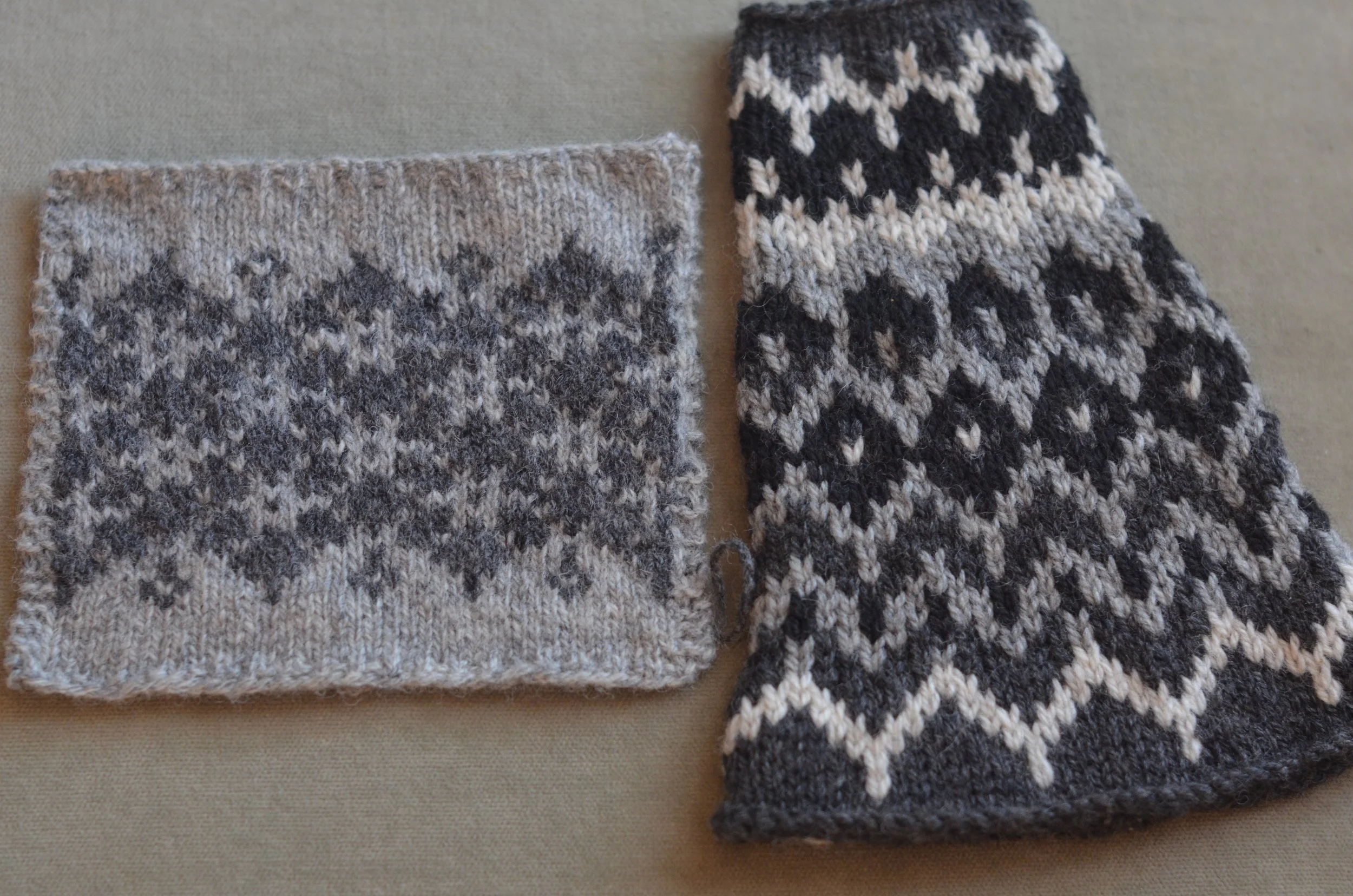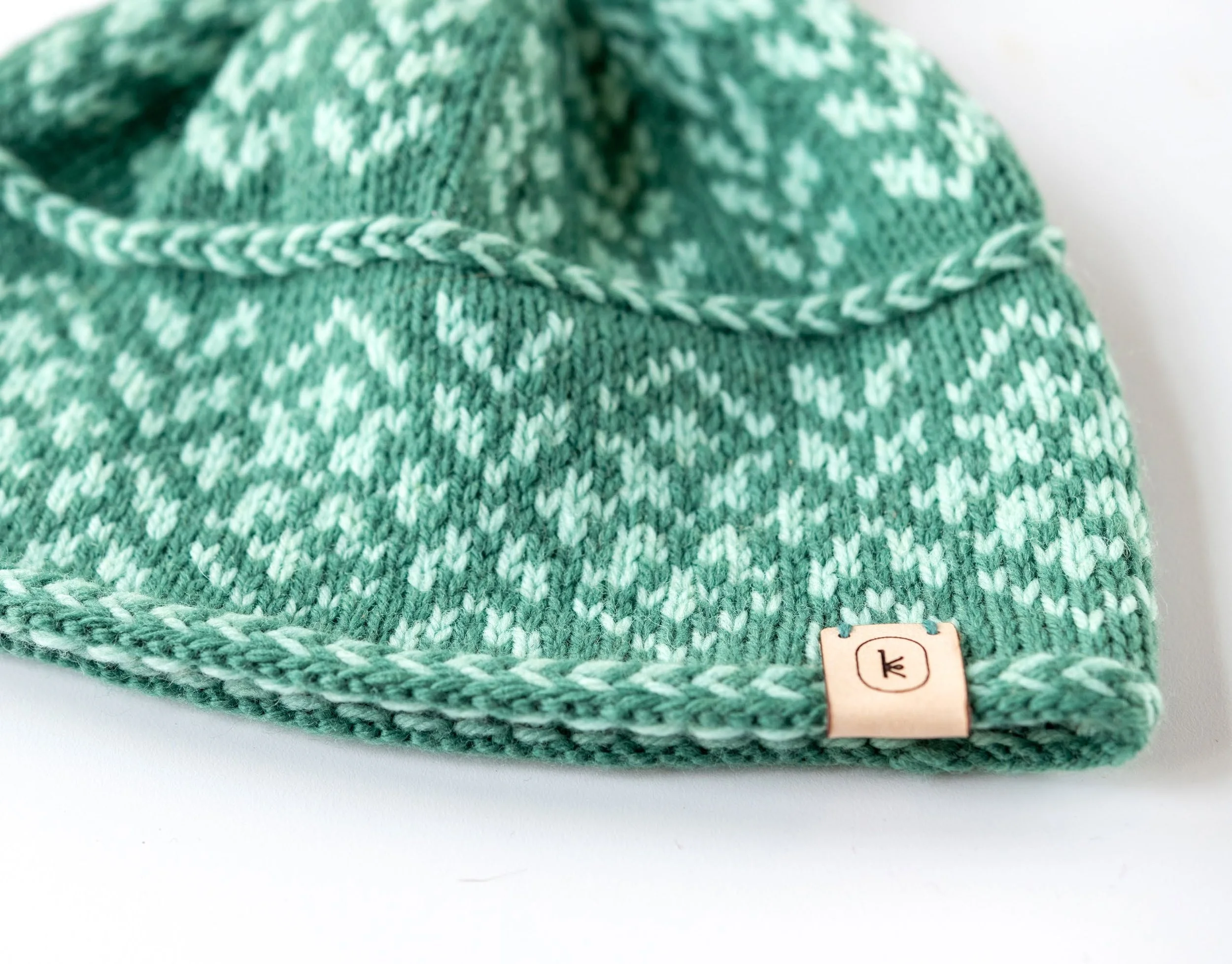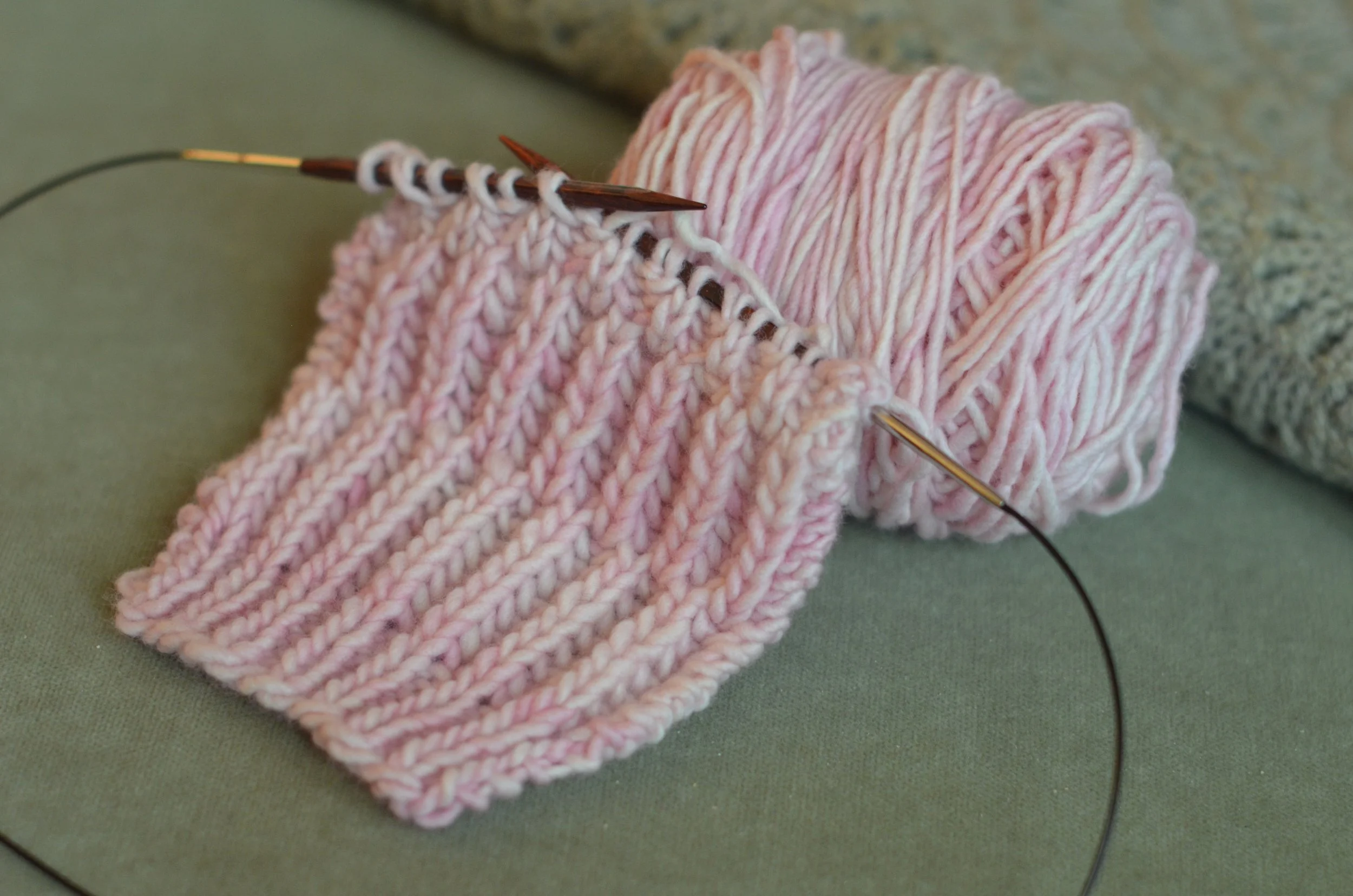CHOOSING A YARN FOR YOUR PROJECT PART 2: Everything that isn’t gauge; creating a fabric
Part of what makes knitting such a magical pursuit is the fact that you the knitter have ultimate control over how your fabric will look and feel. Sewists can choose a fabric that meets their needs but knitters can actually fill that need, stitch by stitch, from the ground up.
As you work with more and more different yarns and fibers you will start to notice that there are many factors that go into how a piece of knitting will look and feel, both during the knitting process and in the finished product. Fibers can come from animals, plants and a variety of man-made sources and the fiber itself has inherent properties that will “tell” in your finished project. These inherent properties are combined with the processing of the yarn—a specific type of spinning, the amount of twist added, how many plies are used, dyeing, finishing treatments like washing, steaming and brushing or superwash processes—to achieve certain effects. Adding plies will give you more strength and heft, woolen spinning will produce a loftier yarn than worsted spinning, harsher dyes or bleaching may erode some of the yarn’s natural texture—all of these factors contribute to how your finished piece will look, feel and wear over time.
Learning about fibers and yarns is a continuum, a life pursuit I always say. But all you have to do to learn it is keep knitting with your eyes open and your mind curious and it’s amazing how much information you can glean. That being said if you want to know more about this fascinating topic and you want to smile a lot along the way, I highly recommend reading Clara Parkes’s books The Knitter’s Book of Wool and The Knitter’s Book of Yarn. These are books that are so well written and entertaining, the fact that you are learning an immense amount about fiber and yarn will literally sneak up on you.
Here is a very brief introduction to some of the properties you might consider when thinking about yarn choice for a pattern. This is your opportunity to think about what result you are hoping to achieve and to make choices that will get you that result. If these concepts are new to you and you need help, try making a list of the attributes you want your finished piece to have and then ask your local yarn shop staff if they have yarns to suggest. Talking to knowledgeable knitters is a great compliment to your own observations.
GRIST
Grist describes the density of a yarn. It is determined by the fiber, the type of spin (worsted or woolen), and the number of plies.
According to the yarn label two yarns may knit up on the same size needle to the same gauge but that is not the complete story of how the yarn will work as a substitute because their individual grists may be different, which may cause one to knit up tighter or looser than another.
Grist is important to be aware of because it can mean that two yarns sitting on the “worsted weight” shelf at your local knitting shop can actually be more different that they seem at first glance. As ever, a simple swatch will reveal everything you need to know about how the yarn will knit up.
PLY AND STRUCTURE
The number of plies a yarn is comprised of has enormous influence on how it will look, wear, and behave. Generally speaking, more plies add strength, roundness and structure. Two-ply yarns like to flatten out and open up making them a good choice for lace patterns. Three-ply yarns like to close ranks, round out and stand up, making them a good choice for cables of textured patterns. Chainette yarns proved protection for softer fibers and prevent dense fibers from producing yarns that are too heavy. You can control a lot with your choice of ply.
ELASTICITY
This is important for how your hands feel when knitting with a fiber and how finished fabric will behave. Wool, because of its crimp structure, has wonderful elasticity which makes it pleasant and forgiving to work with, and it helps knitted things to hold their shape. Less elastic fibers like alpaca or many plant fibers will have less give when being knit and will have more of a tendency to stretch rather than bounce back in a finished piece. This is important for socks and gloves but also for a sweater holding its shaping and not stretching out over time.
DRAPE
Some fibers are much drapier than others. What are you looking for your project to do. Should it hold its shape? Should it cling? Should it stand away from the body?
Drape is good for shawls, not so good for socks. Sweaters can vary enormously on how much drape they need for a specific design so looking at fiber content and ply structure can help you make an informed decision.
STITCH DEFINITION
What type of pattern are you knitting? Is it stockinette and fairly plain or does it have a lot of stitch detail? Should the yarn have a halo? Should it be crisp?
OVERALL LOOK
Is this piece supposed to be subdued, tweedy, textured, fuzzy, smooth? Do you like the look of the original piece or do you want to change something about it.
CABLES
Do you want your cables prominent or more subtle? Do you want a hard-wearing piece or a soft drapey piece?
COLORWORK
Do you want crisp colorwork or soft colorwork? Saturated or heathered?
WARMTH
You love the way cashmere looks but you live in Florida. Is it a good choice? Is it good for an accessory but maybe too warm for a sweater? You love the halo you get from alpaca but it’s warmer than wool; consider your needs.
DURABILITY
Generally speaking, more plies make a more durable yarn but the type of fiber and how its spun has a lot to do with its ability to wear well. Also, how tightly you knit it. Tighter knit pieces tends to wear much better than loosely knit ones but loosely knit pieces tend to feel more easy-going and comfortable.
OVERALL WEIGHT
The total weight of a project is sometimes a very important thing to consider; generally speaking, no one wants to wear a 5 pound sweater. Fibers are very different weights per length so this is another element to examine.
THAT CERTAIN JE NE SAIS QUOI
Wonderfully and maddeningly, even after comparing all of these elements in a yarn to find a suitable choice or substitute, the true nature of a yarn doesn’t reveal itself until you start knitting with it, preferably in the stitch pattern you intend to use in your pattern. I would go one step further and say you don’t truly know how yarn will behave until you wash your swatch. Then you can hang it up and see how it drapes (or stretches), put it in your pocket and see if it pills, stretch it out and see if it stretches back. Swatches are your testing ground before embarking on a project and learning to love them is an important step in your knitting life.
ANOTHER APPROACH
Consider getting to know a couple of yarns really well and working with them on several projects. You learn so much about a yarn in the course of a single project that it can be invaluable (and enjoyable) to use the same yarn again for another project, once you’ve unlocked all of its secrets.
